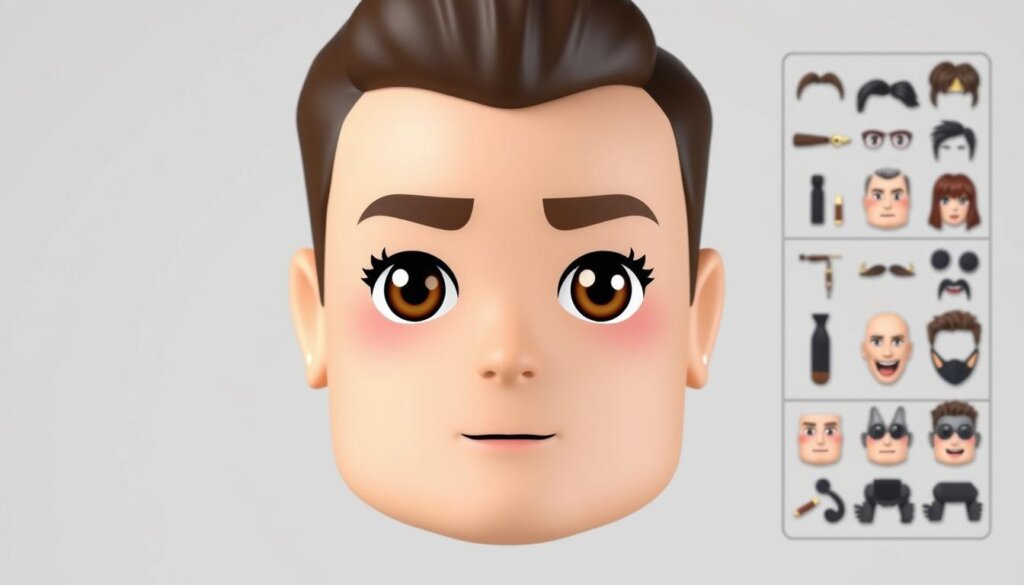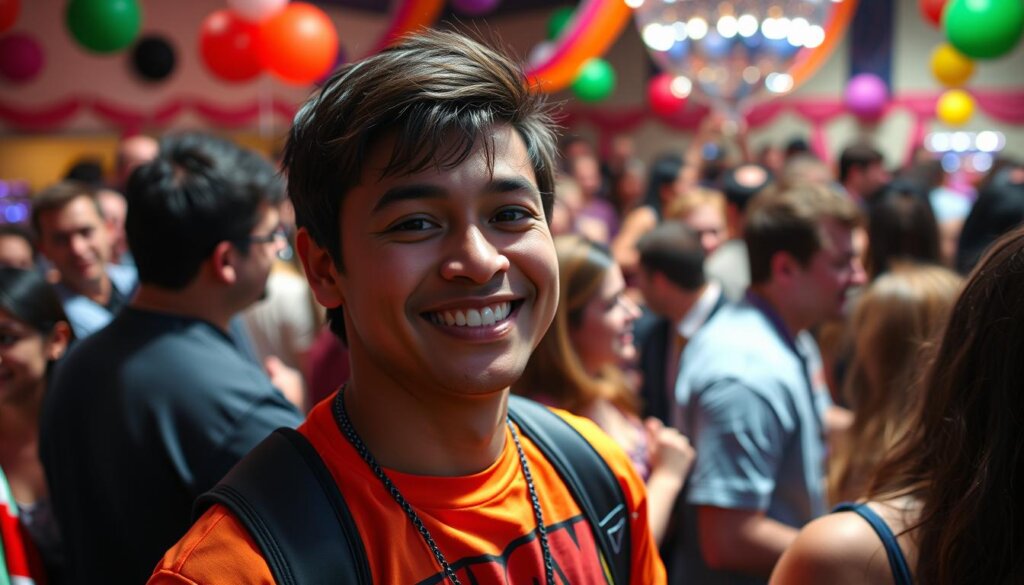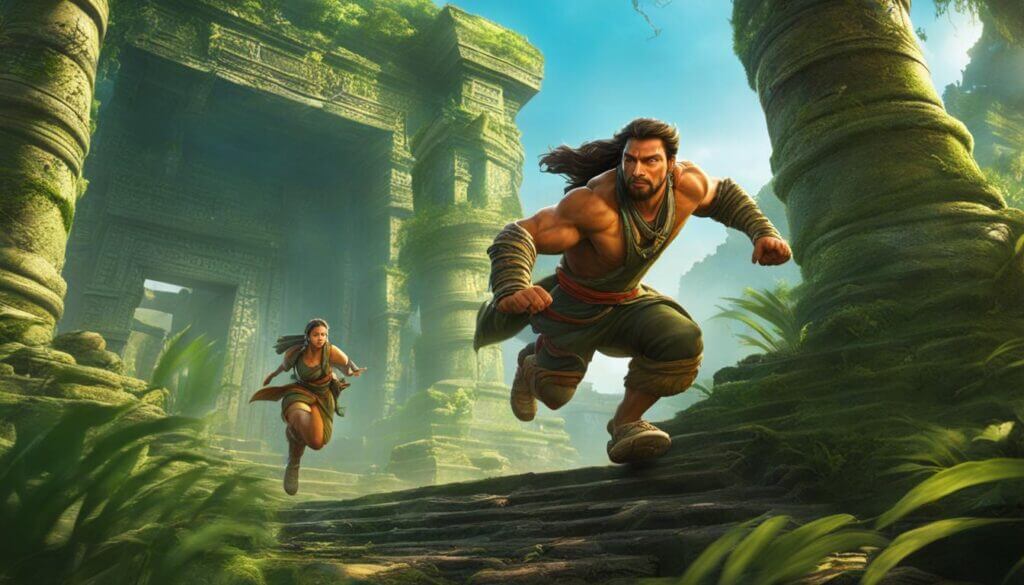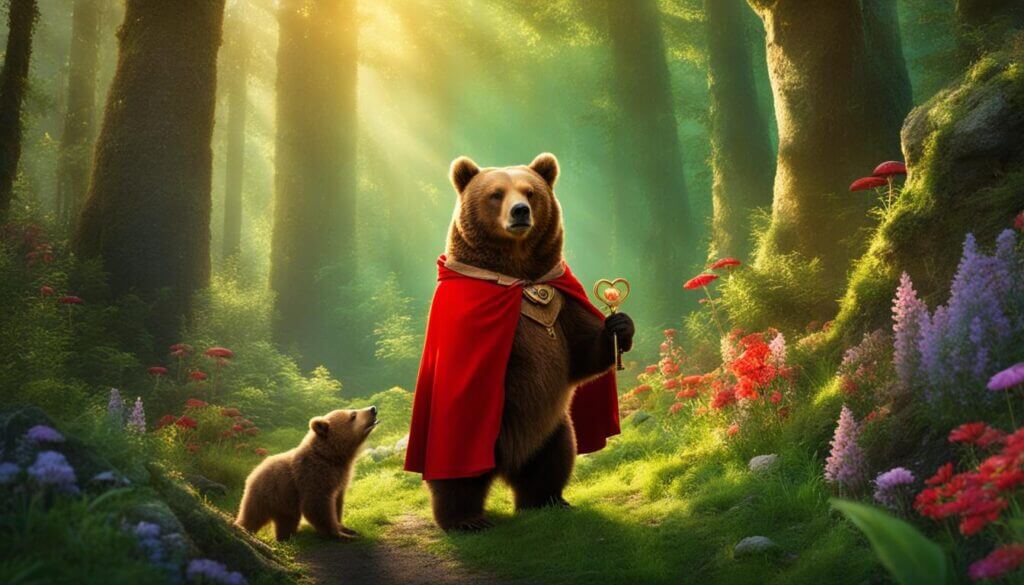In gaming communities, few characters spark as much curiosity as the iconic figure with a face covering its entire body. This unique design first appeared nearly two decades ago as a default avatar option. Over time, it evolved into a symbol of playful identity and creative freedom for players.
The character’s simplicity hides deeper meaning. Its exaggerated features allow users to project their personalities while maintaining a lighthearted vibe. This balance between customization and familiarity makes it a favorite for newcomers and veterans alike.
What truly sets this avatar apart is its role in the platform’s culture. It represents endless possibilities—a blank canvas where humor and imagination collide. Players often associate it with nostalgia, recalling their earliest adventures in virtual worlds.
Beyond aesthetics, the design fosters connection. Its instantly recognizable appearance creates shared experiences across different games. This universality explains why it remains relevant despite evolving trends in digital self-expression.
Origins and Cultural Impact
Digital icons often emerge from unexpected beginnings. The character with oversized features started as a basic template in 2004, designed to let users jump into gameplay without complex customization. Its minimalist style became a blank slate for millions to build upon.
History and Evolution of the Face Man
Key updates shaped its journey:
- 2010: Expanded accessories allowed hats, clothing, and emotes while keeping the signature look
- 2015: Plush toys and T-shirts turned the avatar into physical memorabilia
- 2020: Players unlocked retro-themed items during anniversary events
Symbolism in Community and Culture
The design’s simplicity carries weight. Early adopters saw it as a shared identity—a way to belong while expressing individuality. Newer generations use it to honor the platform’s roots, blending nostalgia with modern creativity.
Merchandise releases revealed its reach beyond screens. Fans wear branded gear as badges of participation in a global movement. This crossover from pixels to real life cemented its status as more than just an avatar.
Exploring the Roblox man face Design and Customization

Creative expression meets instant recognition in this avatar’s iconic structure. The full-body facial design strips away unnecessary details, focusing attention on exaggerated eyes and a playful grin. This approach transforms basic geometry into a memorable canvas for personal flair.
Core Visual Identity
Texture mapping techniques stretch facial features across the character model seamlessly. Developers achieved this through:
- Single continuous surface for maximum comedic effect
- Bold color blocking for visibility in crowded game environments
- Universal emotional expressions transcending language barriers
This technical simplicity enables quick identification during fast-paced gameplay while inviting reinterpretation.
Personalization Pathways
Players modify their avatars through three primary channels:
- Dynamic facial overlays (winks, raised eyebrows)
- Accessory layering (hats, glasses, floating effects)
- Color palette swaps matching personal aesthetics
These options let users imprint their identity while preserving the essence of the original concept. Community showcases regularly highlight inventive combinations, from neon-glowing variants to historical costume interpretations.
Engagement in Games and Community Events

Virtual gatherings often become cultural milestones, and the iconic character has been at the center of many. From digital parties to real-world collaborations, its presence unites players through shared creativity and nostalgia.
Community Events, Merchandise, and In-Game Celebrations
Limited-time happenings have turned the avatar into a celebration mascot. Notable examples include:
- Anniversary festivals offering glow-in-the-dark accessories
- Collaborative quests where players unlock retro-themed outfits
- Physical plush toys sold alongside virtual item codes
These initiatives create urgency and camaraderie. Fans trade event-exclusive hats or team up to earn rare emotes, bonding over their love for the design.
Integrating the Face Man into Your Gameplay and Creations
Developers and players keep the legacy alive through inventive projects. Three effective strategies:
- Use avatar templates in obstacle courses for instant recognition
- Script interactive NPCs with signature facial expressions
- Host design contests encouraging fresh accessory combinations
Popular fan-made games feature the character as a guide or comic relief. Its universal appeal makes it ideal for puzzles, races, and collaborative building challenges.
Final Reflections on the Face Man Legacy
Enduring symbols in digital spaces rarely achieve the cultural resonance of this instantly recognizable figure. What began as a default avatar became a shared language for millions, blending simplicity with limitless creative potential. Its design thrives not through complexity, but by inviting users to redefine its meaning.
The character’s power lies in balancing individuality with collective identity. Players imprint their personalities through accessories and colors while preserving its core charm. This duality fosters belonging—a rare feat in ever-evolving virtual worlds.
As platforms grow, the enduring appeal of such icons reveals deeper truths. They anchor communities, spark nostalgia, and prove that imagination outlasts technical advancements. Future creators will likely draw inspiration from its legacy, ensuring its influence persists in new forms of digital self-expression.


